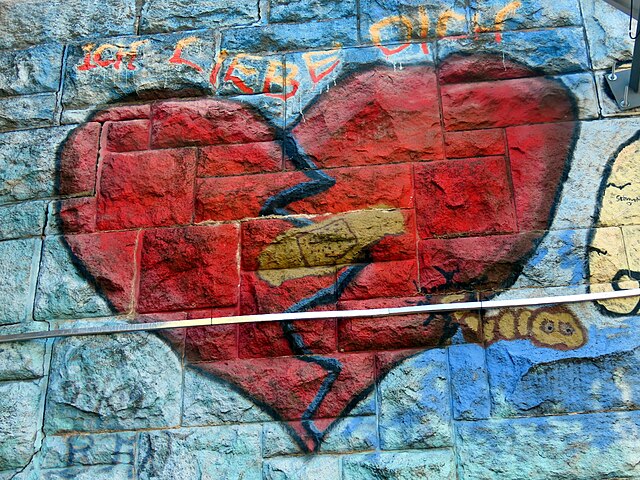
After days and days of greyness, the sun finally came out this week, glinting over everything, revealing the deep, perfect blue of the sky. Suddenly, a gust of wind blew through my back yard, causing the branches of the old, hickory tree outside my window to wave up and down, back and forth. It seemed as if the tree was waving at me, and smiling.
Unexpectedly moved, I began to cry.
This is not the first time I’ve cried on my yoga mat. But the sudden surge of tears still took me by surprise. What was that all about?
In the past, I would’ve just brushed away my tears impatiently and got on with my practice. But recently, I’ve been delving a little deeper, and done a lot more inner probing. Now, instead of turning my attention elsewhere, I zoom in. Where did those tears come from? What do they signify? Why is there that sore spot in my heart, and what is it trying to tell me?
I’ve long heard of the idea of a core wound, or a sacred wound. This wound is said to be a place of deep hurt that guides our actions, and is the reason behind many of our life choices.
Usually inflicted upon us at some point in our childhood, we arm ourselves against it, and this armour can be very difficult to pierce. Survival within our family or community usually requires us to remain dutiful and smiling, so instead of probing our pain or questioning it, we stuff it down deep inside. As children, we also lack the maturity required to heal it, so it can fester within us for years.
But as we age, and gather more financial and emotional security, we can start to feel safe. This is when life circumstances may allow our core wound to be uncovered, finally calling it up from our subconscious mind to be healed.
This core wound doesn’t necessarily have to be something major, like emotional or physical trauma, although something like that would certainly qualify. It could also be something like parental neglect, or the death of a parent at a young age. Perhaps we were betrayed by a sibling, or felt guilt for being unharmed in an accident while a friend or relative was badly injured. Maybe there remains a deep feeling of deficiency after a major illness.
I’ve heard of the idea of a core wound before, but never really knew what mine was. While I’ve certainly carried plenty of baggage from my past, I could never discern that one wound, the one that encompassed all the others. The one that all the other wounds folded into.
Somehow, while lying on my yoga mat this week, that core wound finally crept up into my consciousness. I think it arose because I’ve been practising a lot of openness and acceptance of myself during my daily yoga practice. And what it said was: “I am a bad person. A person who is wrong in some fundamental way. I’m not just a person broken by circumstance, but someone who doesn’t even know the right thing to do. A person whose very instincts are incorrect, and not to be trusted”.
As these feelings and thoughts arose within me, I found I was able to hold them tenderly, something I don’t think I’ve had the capacity to do before. I recognized them, and understood where they came from. And though they did sadden me, a flood of compassion quickly filled my heart and I was able to accept my pain with care.
Bill Plotkin, psychologist, author, and wilderness guide, says our core wounds do not necessarily need to be healed. In fact, it may not be possible to heal them. This is a relief to me, as I don’t even begin to know how to fix mine. But Plotkin goes even further, saying our core wounds may even be necessary. Without them, without the need forge ahead into something better, away from the pain of our past, we may fail to move forward in life.
There’s also something much deeper going on here, though. Our core wounds are not just a heavy weight for us to carry. They also hold the potential for profound healing. As the poet Rumi famously said, “The wound is the place where the light enters you.”
This is where our life purpose can be found. Just as an irritating piece of sand at the centre of a clam shell can eventually turn into a pearl, so our core wound is the sore spot, that, with careful tending, can bring a startling beauty, not just to ourselves, but to our entire community. If we are brave enough to delve deeply into it, to fix our gaze directly at it, and hold its pain with gentleness and compassion, there is treasure to be found.
That day on my yoga mat, as the tears rolled down my face, I finally began to understand my own core wound. And as I did, a wave of empathy hit me. I finally began to understand why I’ve fallen into so many black holes throughout my life. Why I’ve struggled so much to listen to my own heart.
With gentleness, I allowed myself to feel its heaviness, and the sadness within it. So far, it has given me no answers. If there is a treasure to be found within this pain, I don’t yet know what it is, but at the very least I’m no longer running away from it. I’m still and I’m listening.

